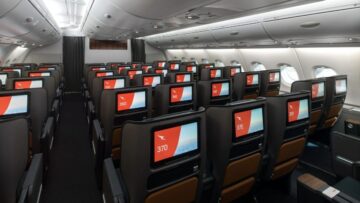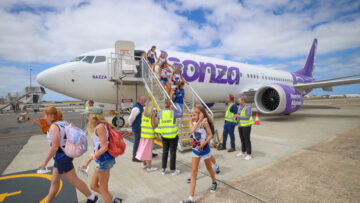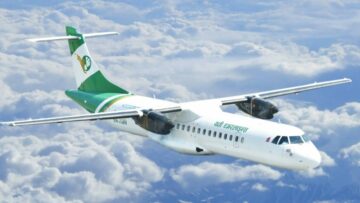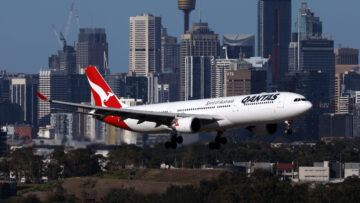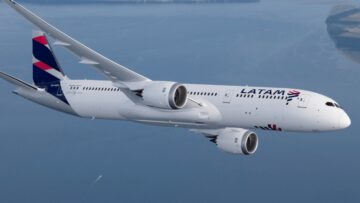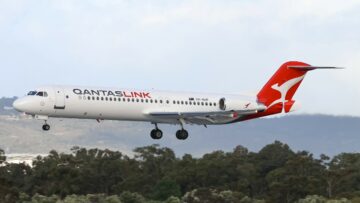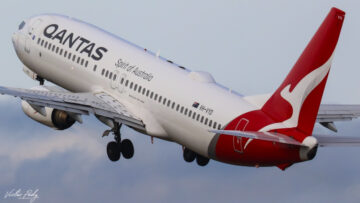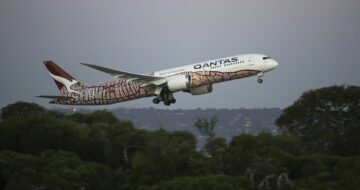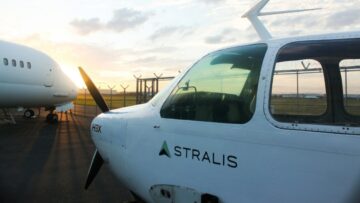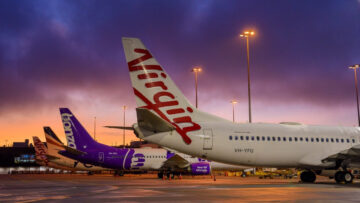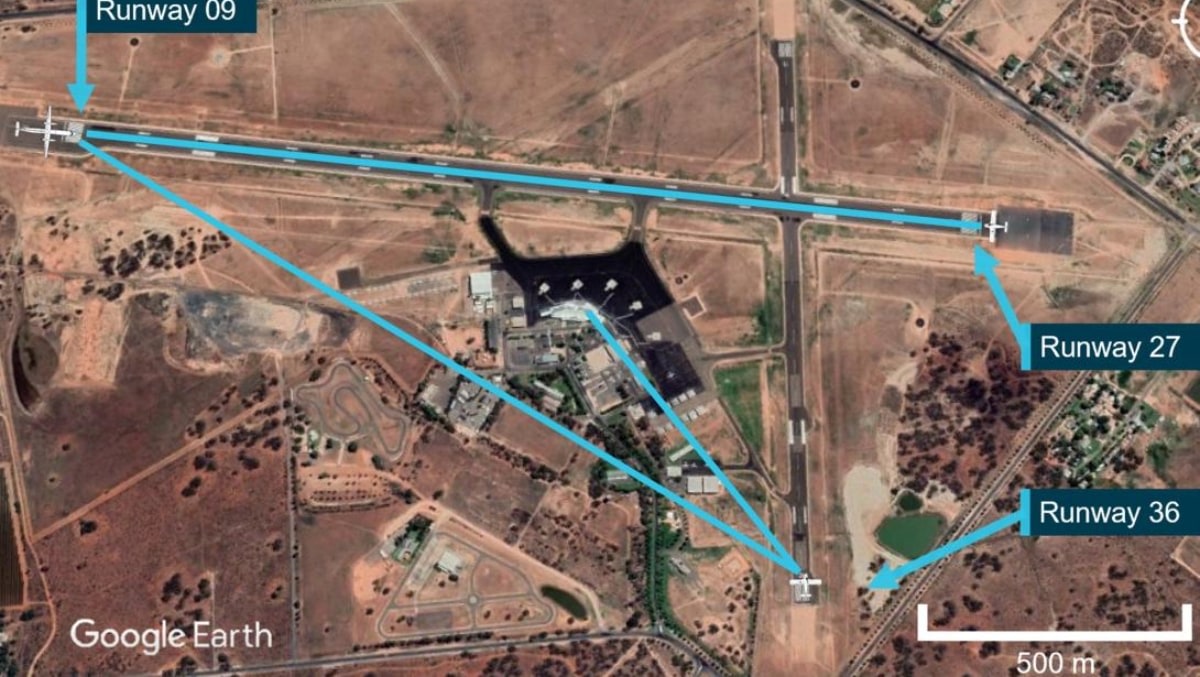
A near miss between a QantasLink Dash 8 and a Piper Cherokee at Mildura last year was caused by “incorrect mental models of local traffic”, the ATSB has found.
The incident on 6 June 2023 saw the privately-owned Piper PA-28-161, VH-ENL, and the QantasLink DHC-8-315, VH-TQH, take off from intersecting runways at the same time, with the Dash 8 passing around 600 metres in front of the Cherokee, the transport safety watchdog said in its final report.
The Dash 8 was carrying 3 crew and 33 passengers to Sydney while the Cherokee was on a solo flight to Broken Hill when they taxied to the thresholds of runways 09 and 36 respectively.
According to ATSB director of transport safety Dr Stuart Godley, while both pilots had made the required mandatory calls on the local common traffic advisory frequency (CTAF), the Cherokee’s pilot had mistakenly called Mildura’s runway 36 “runway 35”.
“This occurred while the Dash 8’s pilots were obtaining their pre-departure information from air traffic control, and had the volume turned down on the CTAF radio,” said Godley.
“In addition, the Dash 8 crew only received certain elements of the Cherokee’s calls due to an over transmission from air traffic control.”
The incorrect runway identification compounded with these factors to create an incomplete comprehension of local traffic in the Dash 8 crew’s mental models – specifically, both Dash 8 pilots did not believe that the Cherokee was at Mildura, given that the nearby Wentworth Airport also uses the same CTAF.
Additionally, when the Cherokee was ready for its take-off roll on runway 36, its pilot believed the Dash 8 would still be backtracking on runway 09 – but the Dash 8 was in fact also about to begin its own take-off roll.
The report notes the pilot of the Cherokee gave a rolling call on the CTAF at the start of their roll, while the Dash 8 crew did not – but that rolling calls are not mandatory.
“However, due to terrain and buildings at Mildura Airport, aircraft are not directly visible to each other on the thresholds of runways 09, 27 and 36,” said Godley.
“With the inability to see another aircraft when each aircraft is at the threshold at Mildura Airport, the lack of a requirement for mandatory rolling calls increased the risk of aircraft not being aware of each other immediately prior to take-off.”
Since the incident, Mildura Airport established a permanent requirement for Mildura Airport operations as of 4 April 2024 for mandatory rolling calls from all aircraft immediately prior to take-off due to the increased risk of aircraft not being aware of each other.
In addition, QantasLink has made rolling calls part of the minimum requirements for operations at CTAF aerodromes.
“Communication and self-separation in non-controlled airspace is one of the ATSB’s SafetyWatch priorities,” said Godley.
“Pilots can guard against occurrences like this one by making the recommended broadcasts when in the vicinity of a non-controlled aerodrome, actively monitoring the CTAF while maintaining a visual lookout for other aircraft and constructively organising separation through direct contact with other aircraft, and ensuring transponders, where fitted, are selected to transmit altitude information.”
While the ATSB did not identify radio interference or shielding as contributing to this occurrence, another ongoing investigation into a similar event that occurred at Mildura later in 2023 (AO-2023-050), is considering these factors.
As part of that investigation, the ATSB is continuing to work with Qantas Safety, Mildura Airport, the Australian Communications and Media Authority, the Civil Aviation Safety Authority and Airservices Australia.
- SEO Powered Content & PR Distribution. Get Amplified Today.
- PlatoData.Network Vertical Generative Ai. Empower Yourself. Access Here.
- PlatoAiStream. Web3 Intelligence. Knowledge Amplified. Access Here.
- PlatoESG. Carbon, CleanTech, Energy, Environment, Solar, Waste Management. Access Here.
- PlatoHealth. Biotech and Clinical Trials Intelligence. Access Here.
- Source: https://australianaviation.com.au/2024/05/piper-pilots-slip-of-the-tongue-caused-near-miss-with-qantas-dash-8/
- :has
- :is
- :not
- :where
- 09
- 2023
- 2024
- 27
- 33
- 36
- 4
- 6
- 8
- a
- About
- actively
- addition
- advisory
- against
- AIR
- aircraft
- airport
- airspace
- All
- also
- an
- and
- Another
- April
- April 2024
- ARE
- around
- AS
- At
- Australia
- Australian
- authority
- aviation
- aware
- BE
- begin
- being
- believe
- believed
- between
- both
- broadcasts
- Broken
- buildings
- but
- by
- call
- called
- Calls
- CAN
- carrying
- caused
- certain
- civil
- Common
- Communications
- compounded
- considering
- contact
- continuing
- contributing
- control
- create
- crew
- Dash
- DID
- direct
- directly
- Director
- down
- dr
- due
- each
- elements
- ensuring
- established
- Event
- fact
- factors
- final
- flight
- For
- found
- Frequency
- from
- front
- gave
- given
- Guard
- had
- HTTPS
- Identification
- identify
- immediately
- in
- inability
- incident
- incorrect
- increased
- information
- interference
- into
- investigation
- ITS
- jpg
- june
- Lack
- Last
- Last Year
- later
- like
- local
- made
- maintaining
- Making
- mandatory
- Media
- mental
- minimum
- miss
- models
- monitoring
- Near
- Notes
- obtaining
- occurred
- occurrence
- of
- off
- on
- ONE
- ongoing
- only
- Operations
- or
- organising
- Other
- over
- own
- part
- Passing
- permanent
- pilot
- Pilots
- plato
- Plato Data Intelligence
- PlatoData
- Prior
- priorities
- Radio
- ready
- received
- recommended
- report
- required
- requirement
- Requirements
- Risk
- Roll
- Rolling
- runway
- Safety
- Said
- same
- saw
- see
- selected
- similar
- solo
- specifically
- start
- Still
- stuart
- sydney
- Take
- terrain
- that
- The
- their
- These
- they
- this
- threshold
- Through
- time
- to
- traffic
- transmission
- transmit
- transport
- Turned
- uses
- visible
- visual
- volume
- was
- watchdog
- were
- when
- while
- with
- Work
- would
- year
- zephyrnet

